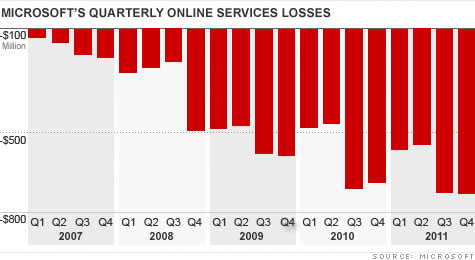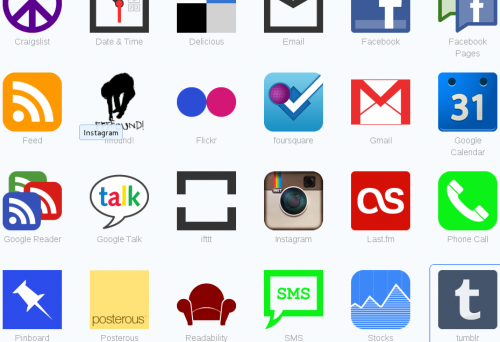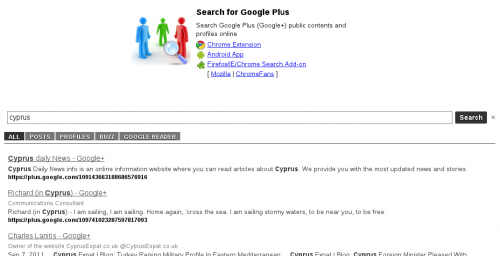GigaOm runs an article on how much media landscape changed since 9/11.
But what strikes me every time I think about September 11 is how much the media landscape — particularly on the web — was transformed by those events, and how very different the world is now when it comes to how we experience real-time news.
When the attack happened, we were still in pre-social network era. No Twitter or Facebook or Google+. And even though quite a few people had blogs, the majority of the news were still coming from the TV and newspapers. For those of you, who don’t remember, most news websites were dead for a day or two immediately after the attack. Slashdot – a popular IT news website which is very much used to having tonnes of traffic was on the edge of collapsing too. Here is their article for this year with a link to the September 11th, 2011 archives.
I remember working in PrimeTel office at the time. I was involved with a project that dealt with video walls and window TV ads in multiple branches of a client’s business. I had a large 40-something-inch plasma TV mounted on a stand next to my desk. I was working on a piece of software that would combine video clips and images into a continuous playlist. I was using sample ads from the client as well as a bunch of landscape photography images for my tests.
Once the attack happened and most of the news sites went down, we established a public folder where all colleagues could drop images and videos they found anywhere on the web and those would get automatically added to the continuous video that was playing on the TV. I remember it was quite something. By the end of the day people from other departments and other floors started to come by to watch it. I remember even the owner of the company came in for a few minutes.
What I couldn’t realize then was how social that thing was. It wasn’t me or anyone else in particular. It was a collective effort of a few people. Each one would come across something and then share it in the public folder. That was very similar to how social networks like Twitter and Facebook distribute things these days. And with the last 10 years, it was proved several times of how well this works.
As Mathew Ingram notes in that GigaOm article:
Now try and think about what it might have been like if September 11 happened today, with ubiquitous smartphones featuring cameras and video and web access. Although cellular networks were overloaded in the aftermath of the attacks, some Blackberry messages got out of the towers — and today, we would almost certainly have gotten a real-time flow of tweets and images and video from people in the towers, at the Pentagon, even on the plane that flew into the ground in Stony Creek, Pennsylvania.
Update: Joe Wilcox of BetaNews also reminds that there was no YouTube back then.



